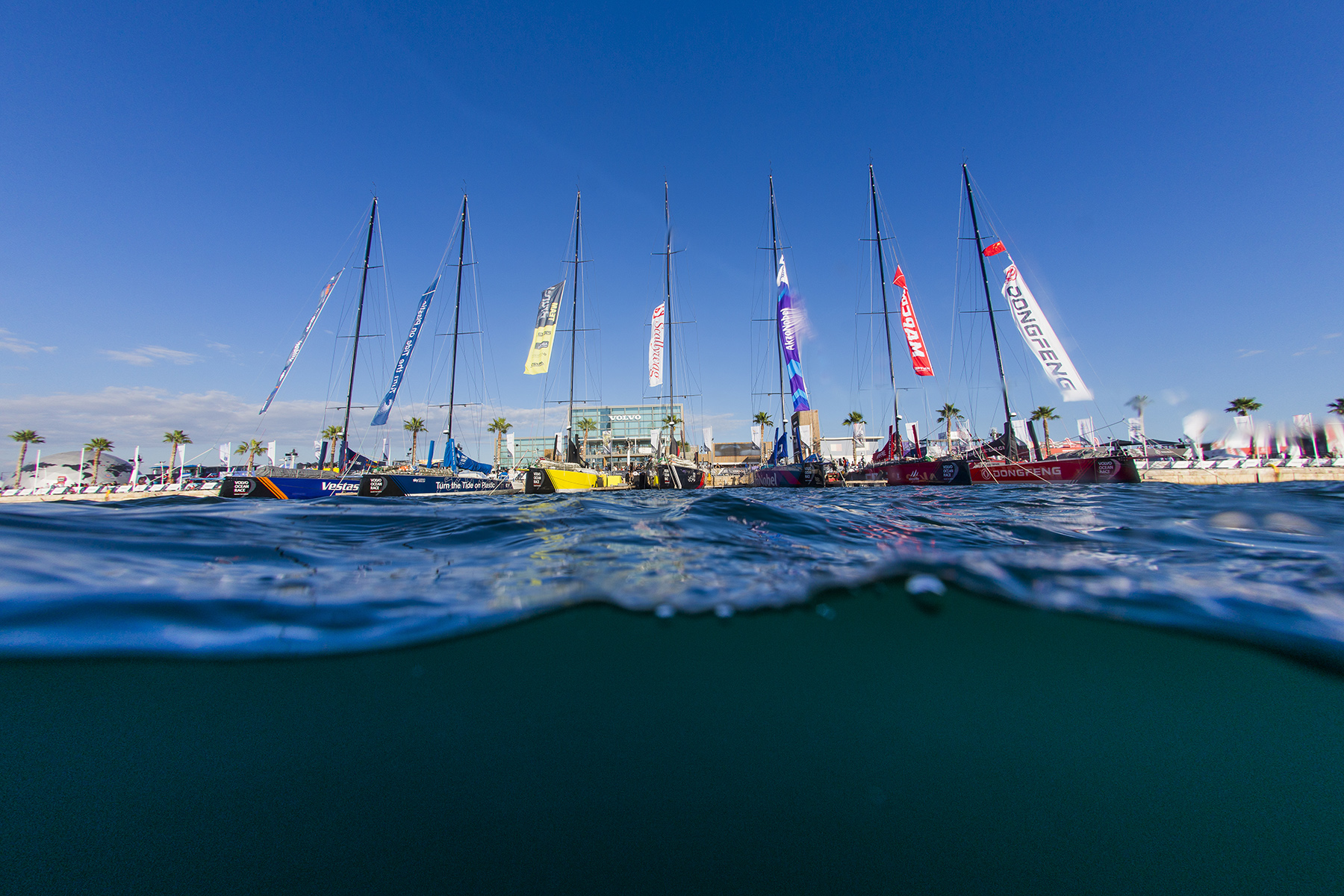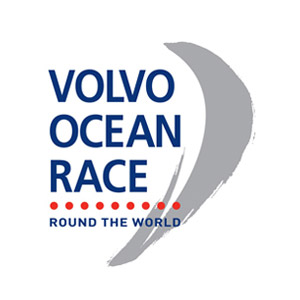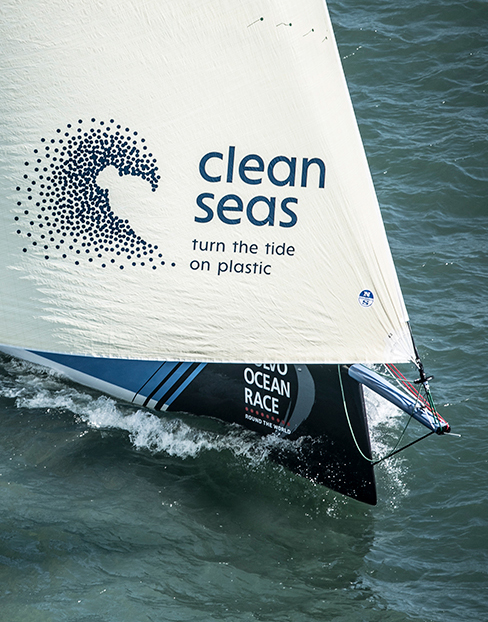The Volvo Ocean Race launched a major Sustainability Program for the 2017-18 edition and beyond – of which 11th Hour Racing was proud to be the Founding Principal Partner. The Volvo Ocean Race signed a Sustainability Charter, committing the organization to sustainable operations around the globe and to using the Race to support efforts to improve ocean health and prevent plastic pollution.
The Volvo Ocean Race had a robust sustainability plan, developed in collaboration with 11th Hour Racing, addressing the environmental impact, social impact, and communication. The plan was built on three pillars:







